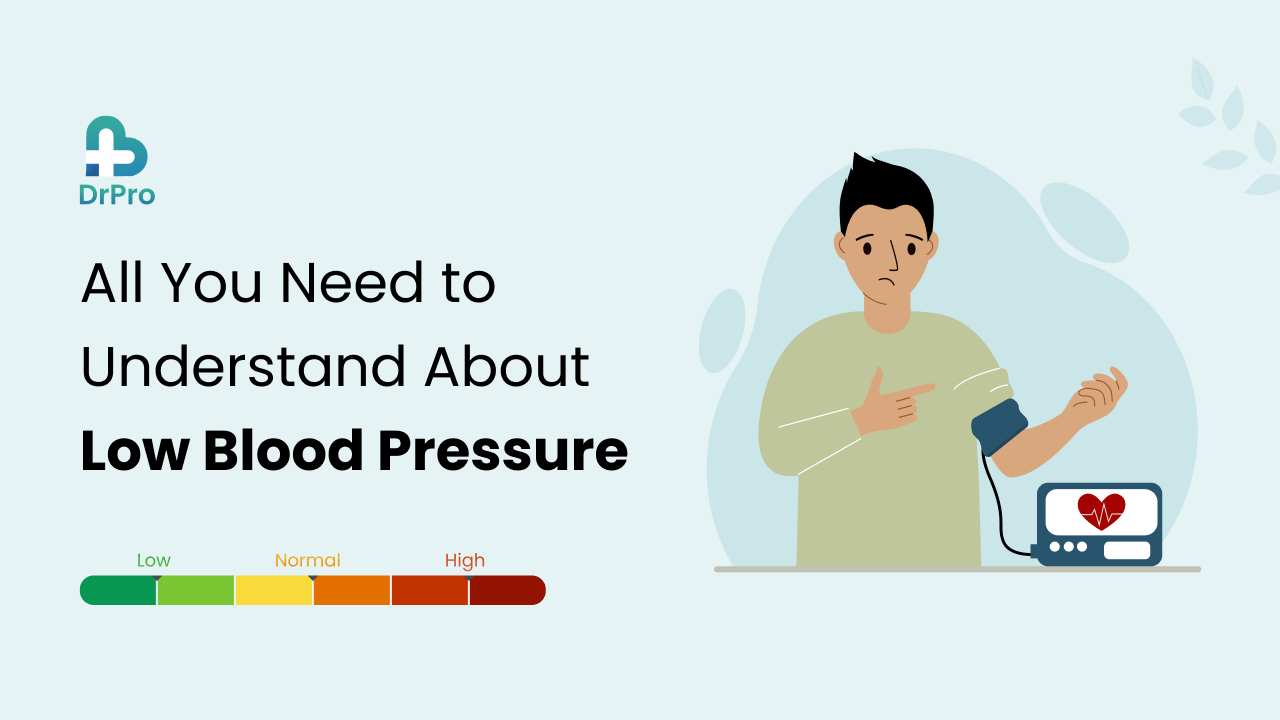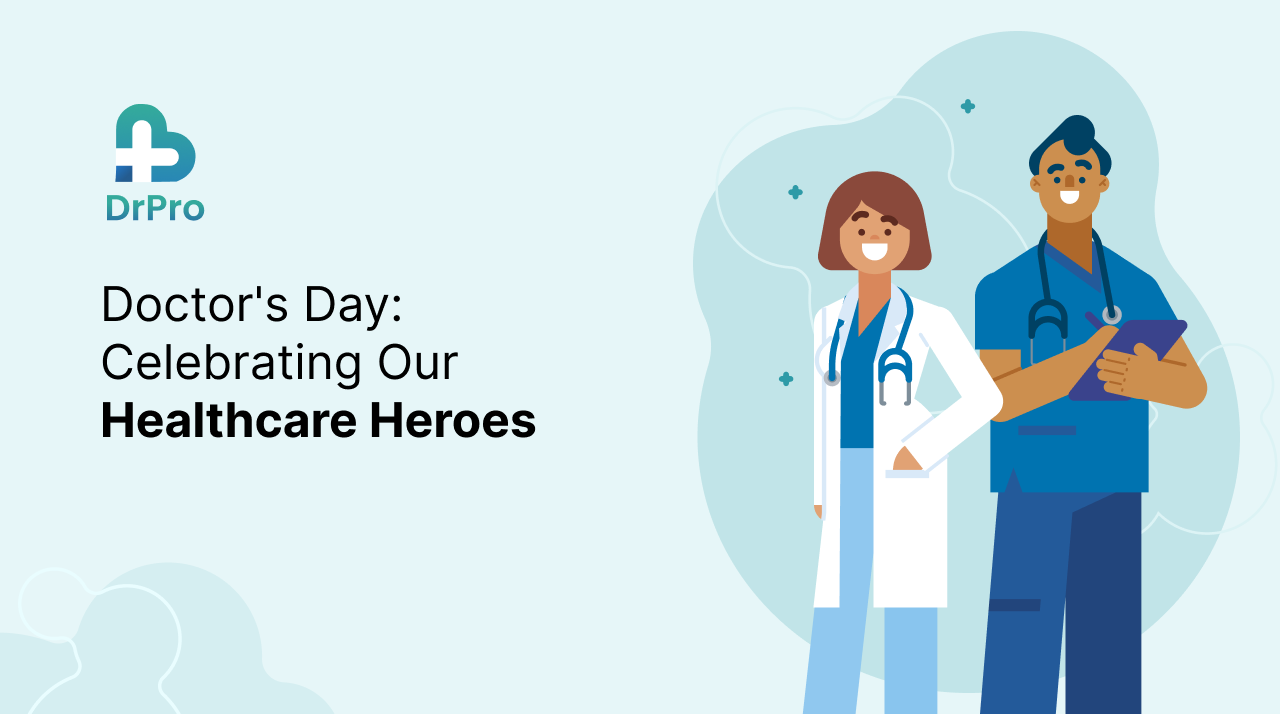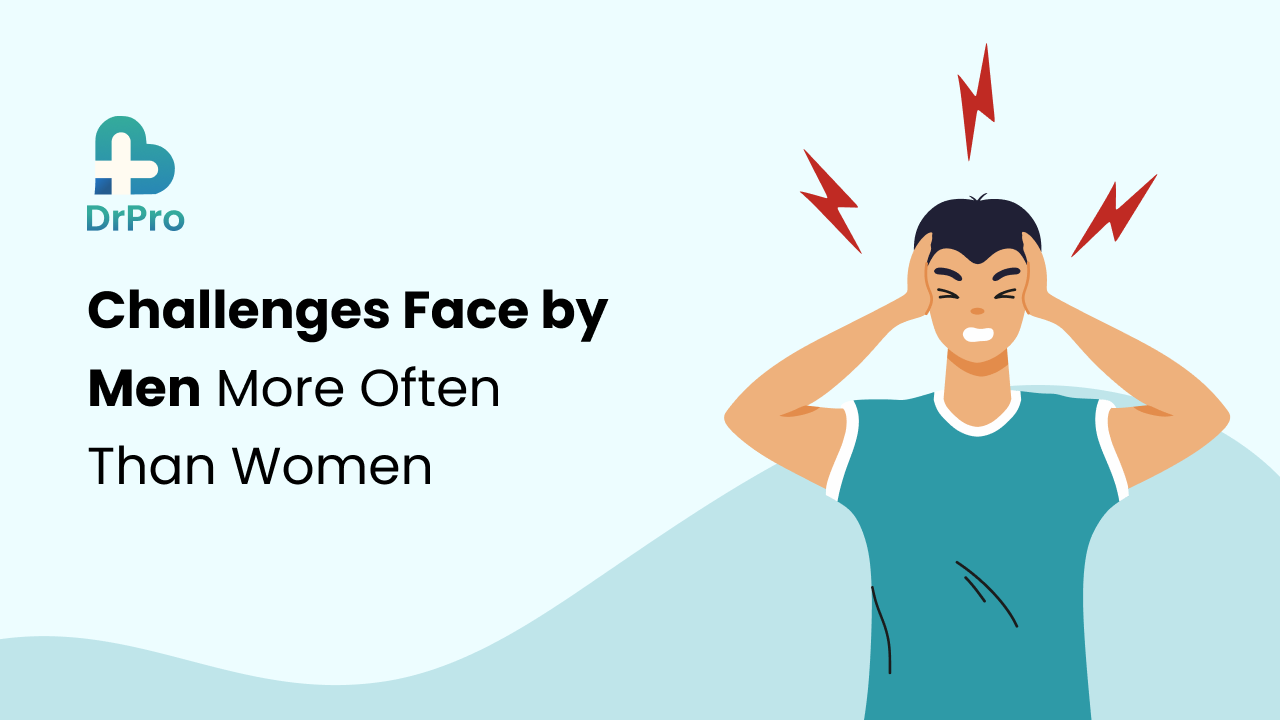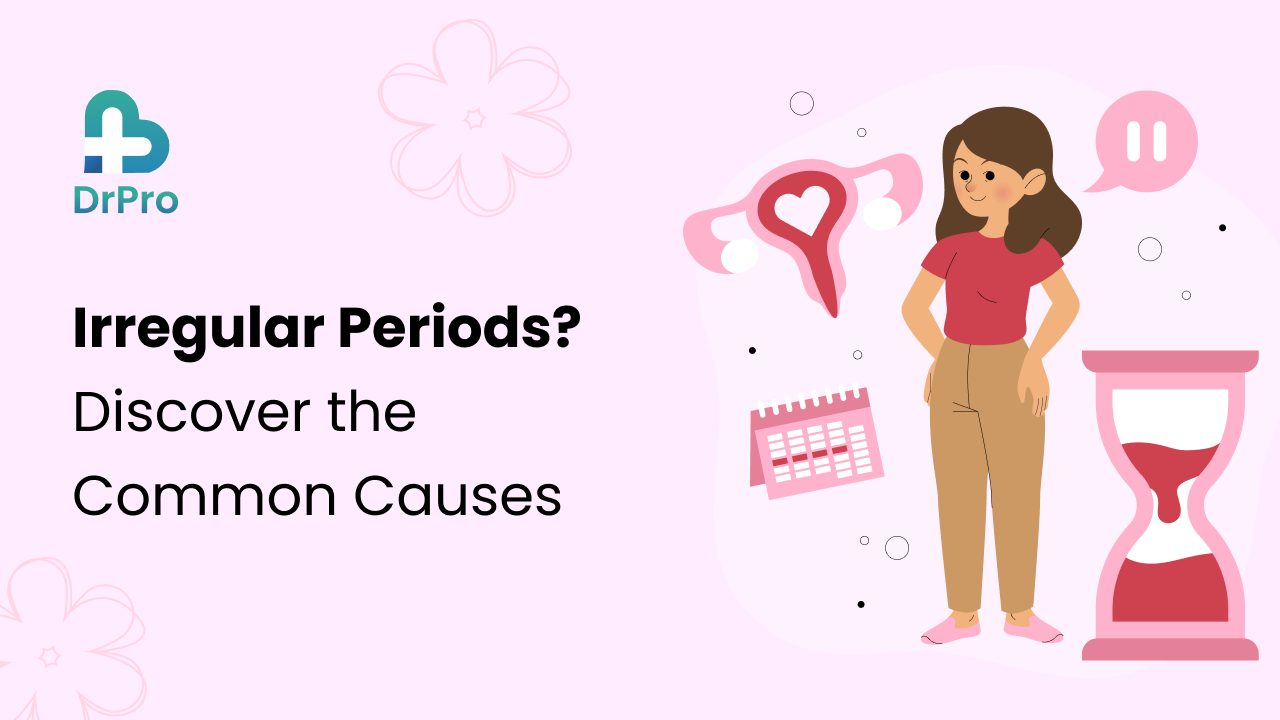Blood pressure is a important health measure that many people don’t fully understand. This blog explains its significance, how to maintain healthy levels, and what to do if your readings are too high or low.
What is Blood Pressure?
Blood pressure is the force applied by circulating blood against the walls of the veins, the major blood vessels in the body. It’s measured in millimeters of mercury (mmHg) and recorded with two numbers:
- Systolic Pressure: The first (higher) number indicates the pressure in the arteries when the heart beats.
- Diastolic Pressure: The second (lower) number measures the pressure in the arteries between heartbeats.
Understanding Low Blood Pressure Levels
- Normal: Diastolic less than 80 mmHg.
- Elevated: Diastolic less than 80 mmHg.
- Hypertension Stage 1: Diastolic between 80-89 mmHg.
- Hypertension Stage 2: Diastolic 90 mmHg or higher.
- Hypertensive Crisis: Diastolic over 120 mmHg. This requires immediate medical attention.

Symptoms of Low Blood Pressure
- Dizziness or Lightheadedness: Especially when standing up quickly.
- Fainting: Passing out due to a sudden drop in blood pressure.
- Blurred or Fading Vision: Temporary vision problems.
- Nausea: Feeling of unease and discomfort in the stomach.
- Fatigue: Extreme tiredness and lack of energy.
- Lack of Concentration: Difficulty in focusing or thinking clearly.
- Cold, Clammy, Pale Skin: Indication of poor blood circulation.
Causes of Low Blood Pressure
Understanding the causes of low blood pressure can help in preventing and managing it. Here are some common causes:
- Dehydration: Lack of adequate fluids can lower blood pressure.
- Heart Problems: Conditions like bradycardia, heart attack, and heart failure.
- Endocrine Issues: Problems with hormone-producing glands, such as adrenal insufficiency.
- Severe Infection: Septicemia can cause a drastic drop in blood pressure.
- Blood Loss: Significant blood loss from injury or internal bleeding.
- Nutritional Deficiencies: Lack of essential vitamins, particularly B-12 and folate.
- Medications: Certain medications for high blood pressure, depression, and other conditions.
Treatments for Low Blood Pressure
- Hydrate: Drink plenty of fluids, especially water, to prevent dehydration.
- Eat Small, Frequent Meals: Large meals can cause a significant drop in blood pressure.
- Increase Salt Intake: Salt can raise blood pressure, but consult a doctor before making changes.
- Avoid Alcohol: Alcohol can lower blood pressure further.
- Medications: In some cases, doctors may prescribe medications to treat low blood pressure.
- Monitor Blood Pressure: Regularly check your blood pressure to manage and adjust treatments effectively.
Want to know more about High Blood Pressure?
For more tips on managing blood pressure and leading a heart-healthy life, follow our DrPro Health Blog and join our community dedicated to wellness.
Note: This article is prepared based on information gathered from medical reports.
Disclaimer: The article is prepared to inform and educate the readers. While DrPro provides valuable insights, please consult your doctor for personalized medical advice regarding the mentioned disease. Your health is our priority.





Leave a Reply